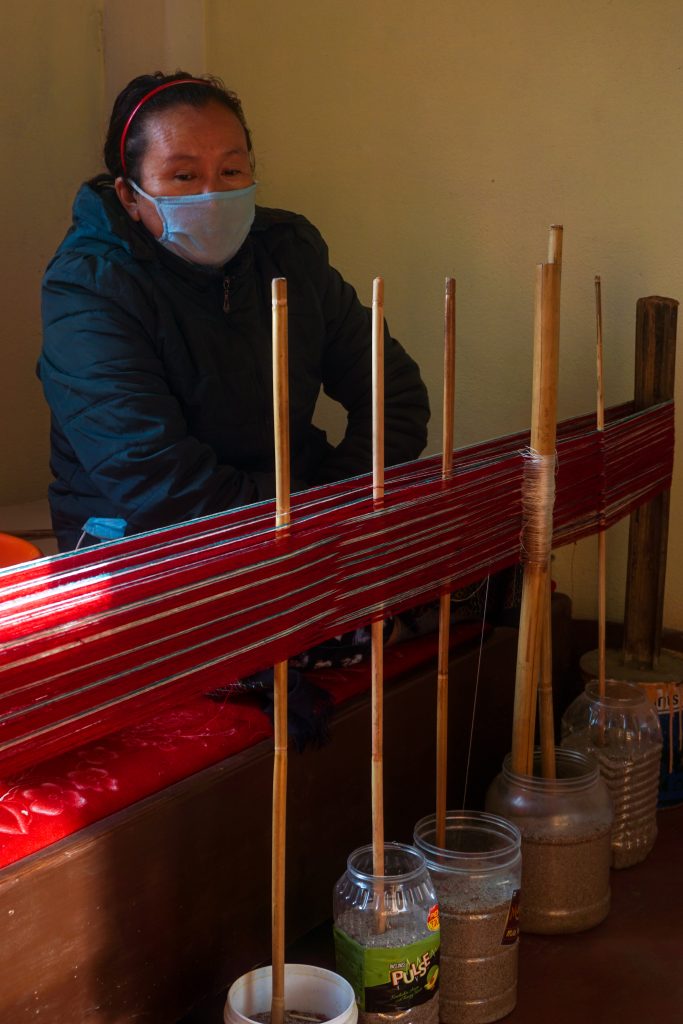In the next two days, Dawa took me to three villages—Chug, Sangti and Thembang.
Chug and Sangti
Dawa wanted to show me Chug. It’s slightly inwards from Rama Camp and is famous among Dirang locals for its picnic spots. He had not been there before and had only seen images shared by his friends. When we reached there, we realised that we came at the wrong season. Instead of the beautiful flowery meadows, we were greeted by barren lands—all dried up post-harvest. Dawa was confused—was it the same place where his friends had been to? He asked a local who confirmed that it was the same place. However, picnics were prohibited. Merry youths in inebriated state would often break liquor bottles and scatter shards of glass in the fields and meadows, thus creating a hazardous terrain for locals and farmers.

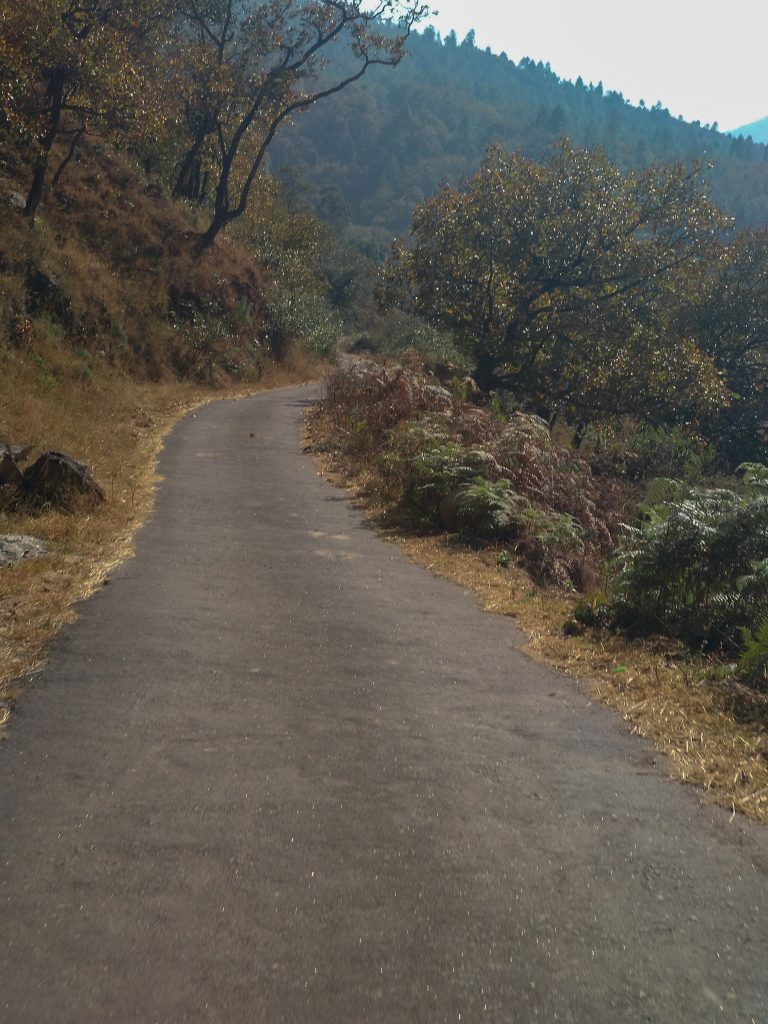
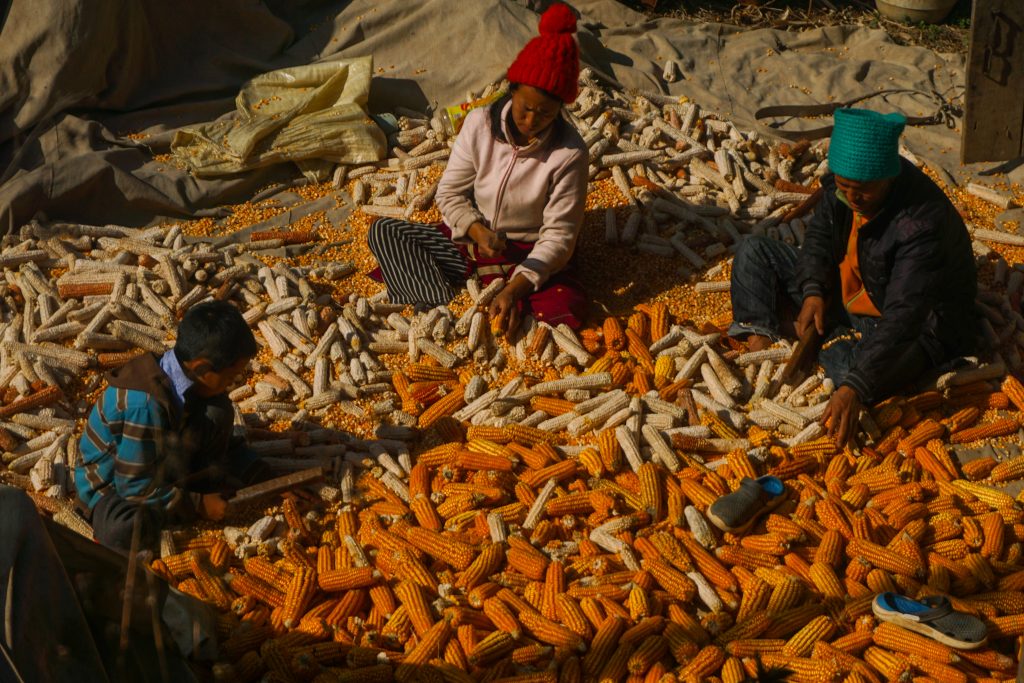
We rode back, picked up momos from Rama Camp (because Dawa had heard that momos from Rama Camp were really good) and headed towards Sangti.
Sangti was known for its kiwi, orange, pear and apple farms as well as a college. Unlike Chugh, it was a well known picnic spot—even among outsiders. There were a number of guest houses as well as camping tents on a private property on the banks of river. Unfortunately, the road that connected Dirang and Sangti was in a poor shape. Dawa said that it had been so for the last couple of years. Some kind of political tussle had prevented the road from getting paved with bitumen.
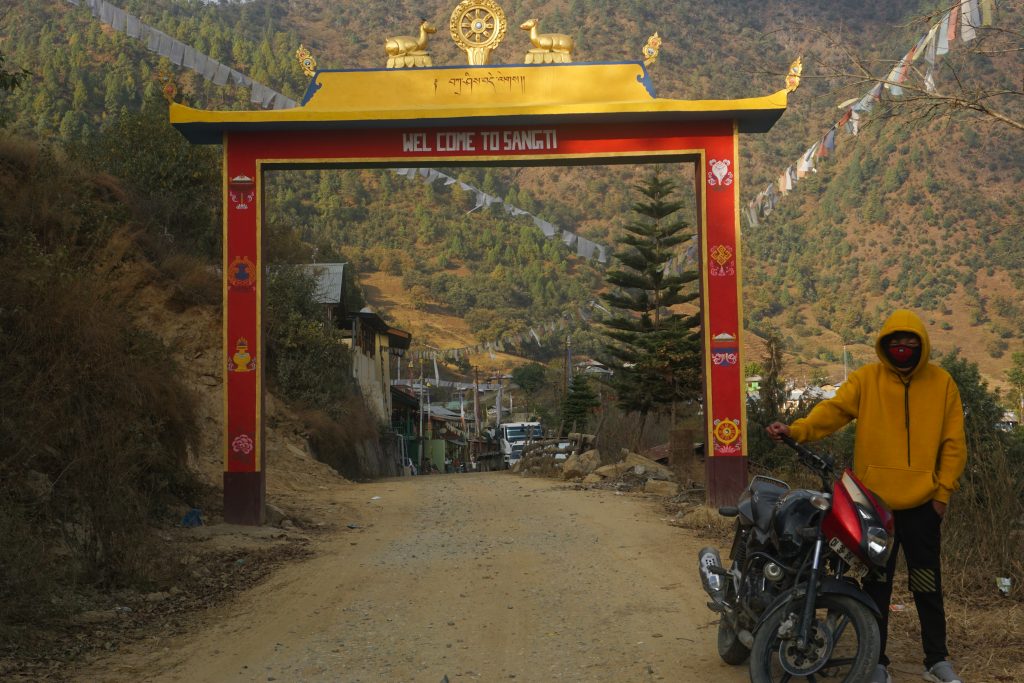


We didn’t face any trouble entering the camping grounds. It was not tourist season and the owner did not mind. While we were making ourselves comfortable, I observed a Nagaland-registered SUV and its passengers pack their things up and leave the camping grounds. They were probably the only tourists there.
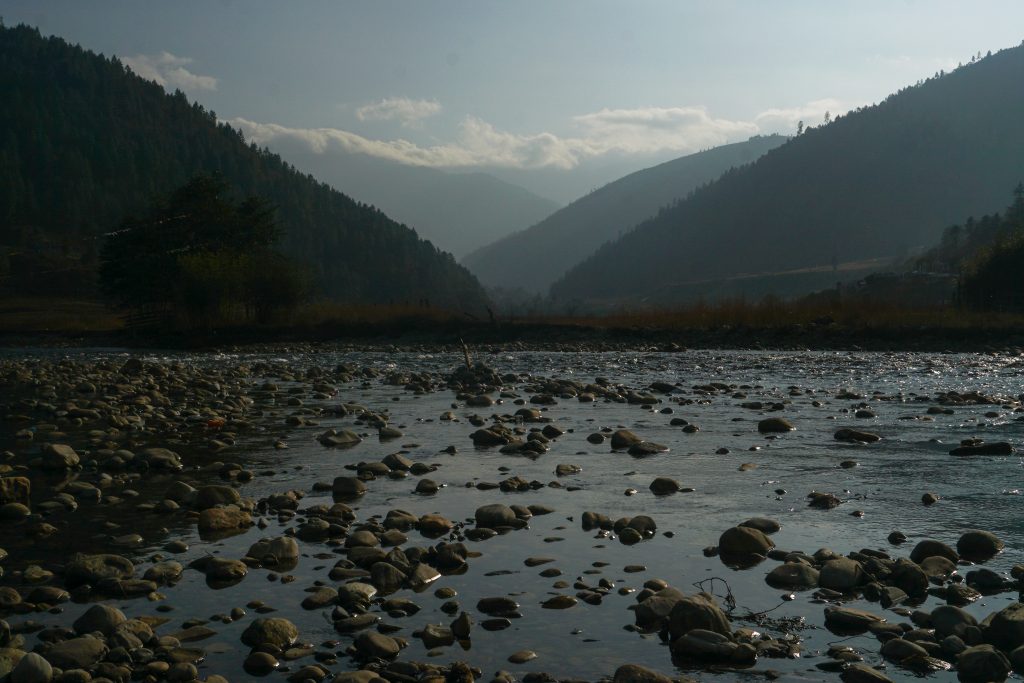

Honestly, the momos that we got from Rama Camp weren’t that great. We had better momos the previous day at Dirang. Nonetheless, we basked ourselves in the Sun before heading back to Dirang.
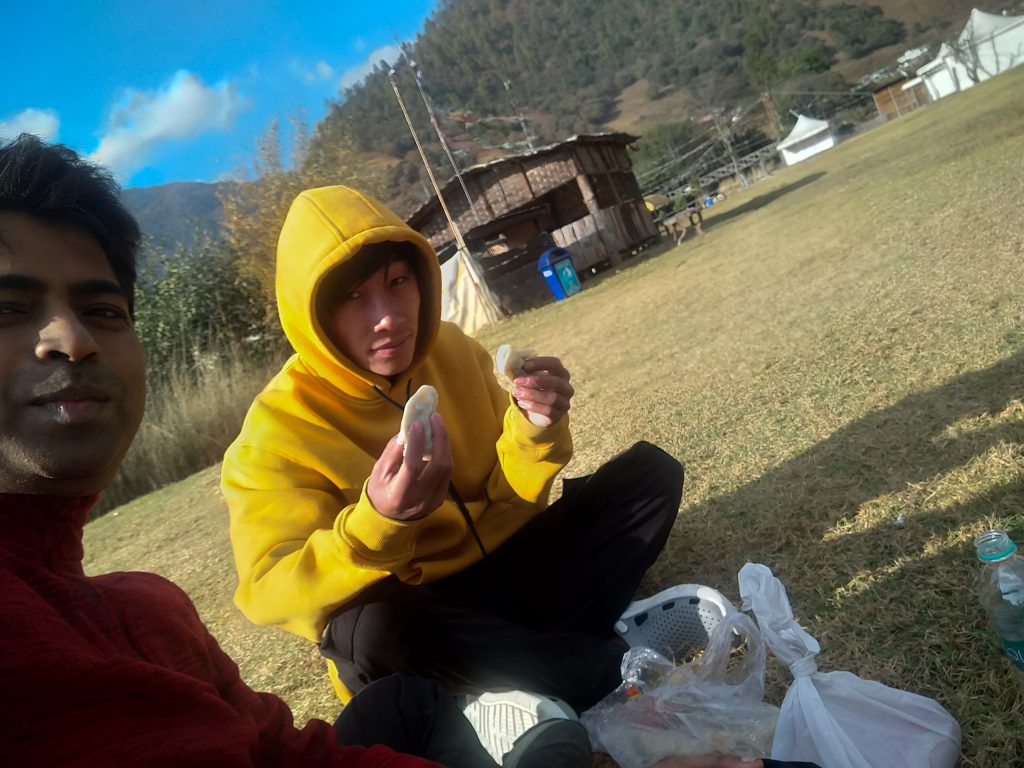
Dawa wanted to take a bath at a hot spring in Dirang, but it was too late. The aperture of the valley is not that much—the Sun hides behind the mountains by 3:00 pm in the winters. Both daylight and temperature drops rapidly from then. We had to postpone our plans for the next day.
Thembang
The next day, I went out for a stroll along the river and reached Dirang basti when Dawa called. I asked him to pick me up from there. Dawa had some nieces and nephews at Thembang for whom I picked up some chocolates and chips.
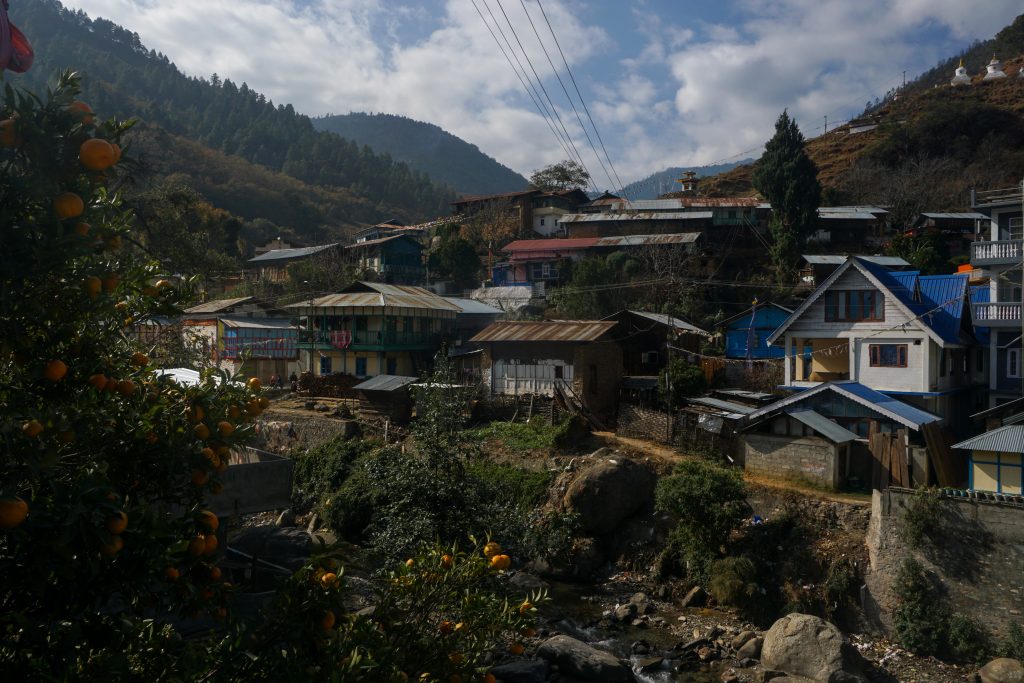
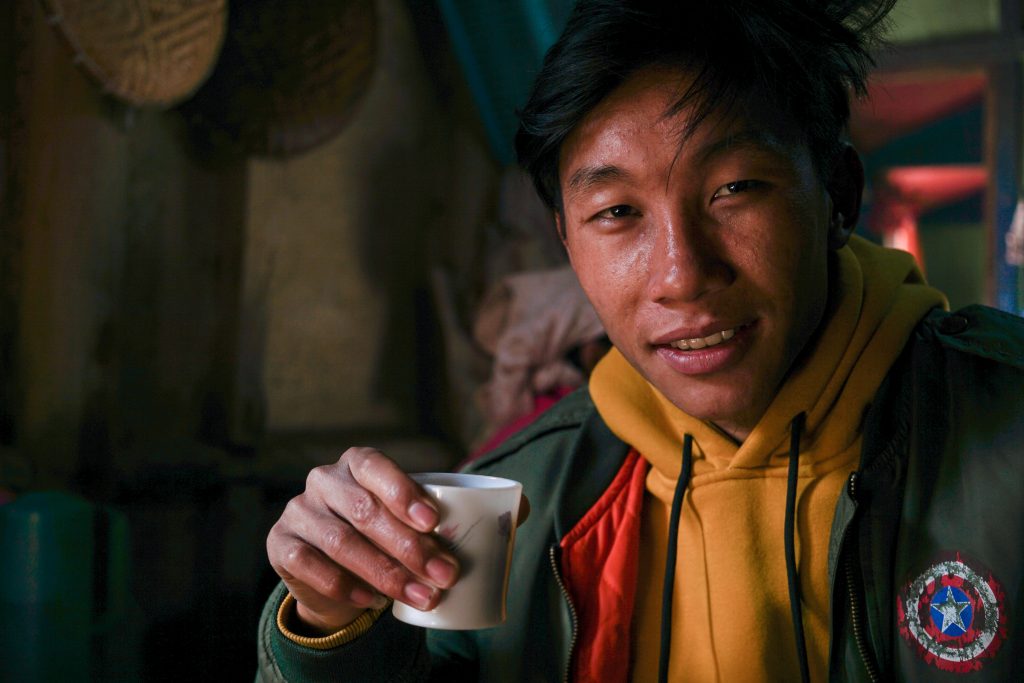
While riding on the road to Thembang, Dawa pointed out some of the forest areas that belonged to his extended family. We stopped at Sanggey Ling Chorten. The chorten was right beside the road and this is where most tourists stop, take a look around and move on to Thembang. However, this hides the route to a much more revered shrine higher up the adjacent hill. Dawa led me to a route that started outside the boundary of the chorten. I climbed a fleet of steps that led me to a small prayer hall maintained by the villagers of Thembang. Dawa showed me an underground stream. Plastic glasses were kept nearby so that visitors could use the water to clean their hands and mouth. I learned from Dawa that this ritual is always followed before entering the prayer hall of a gompa and that there would always be some sort of a water source before the entrance.
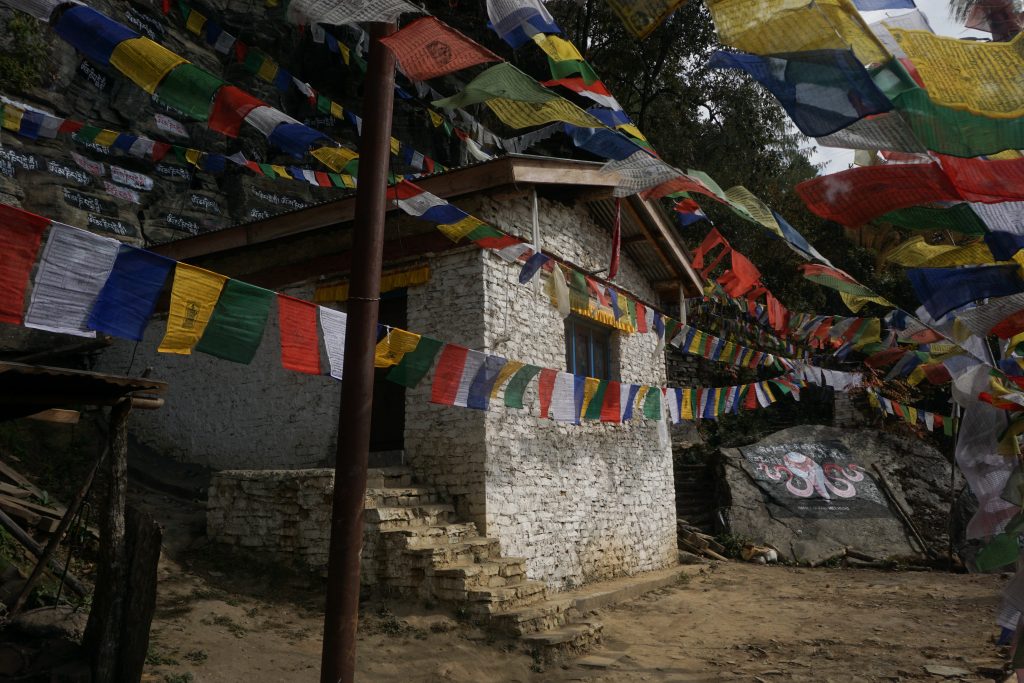
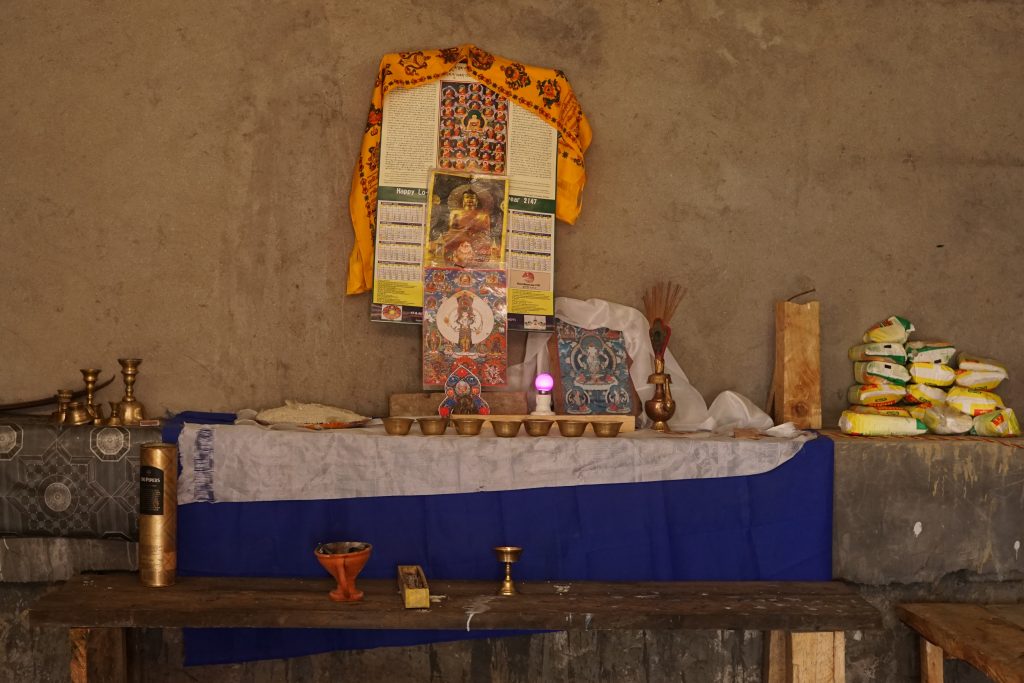
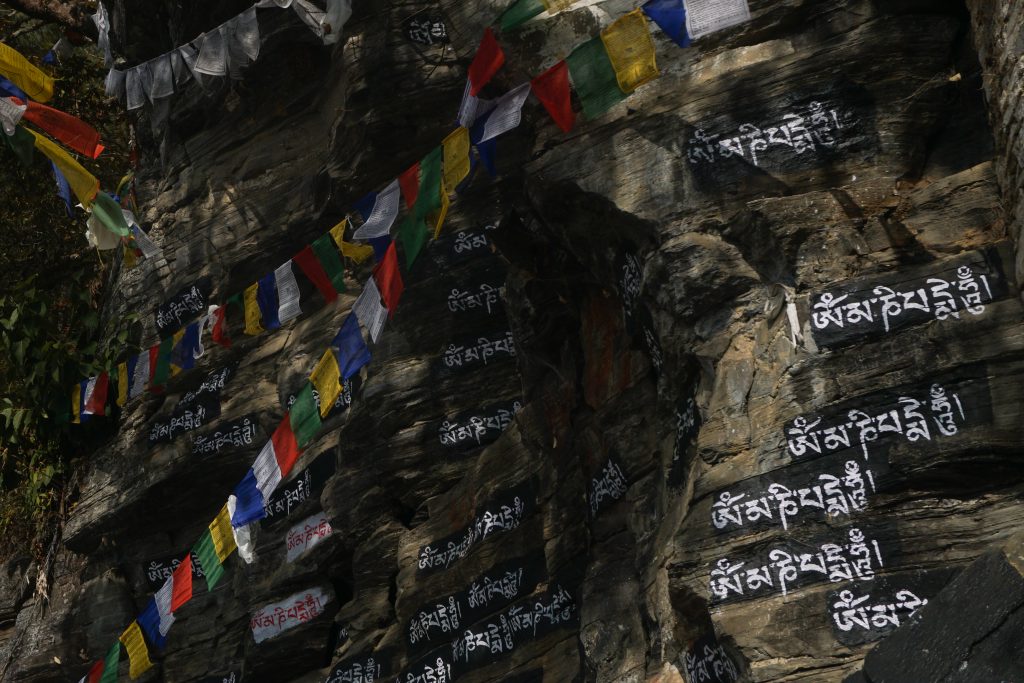
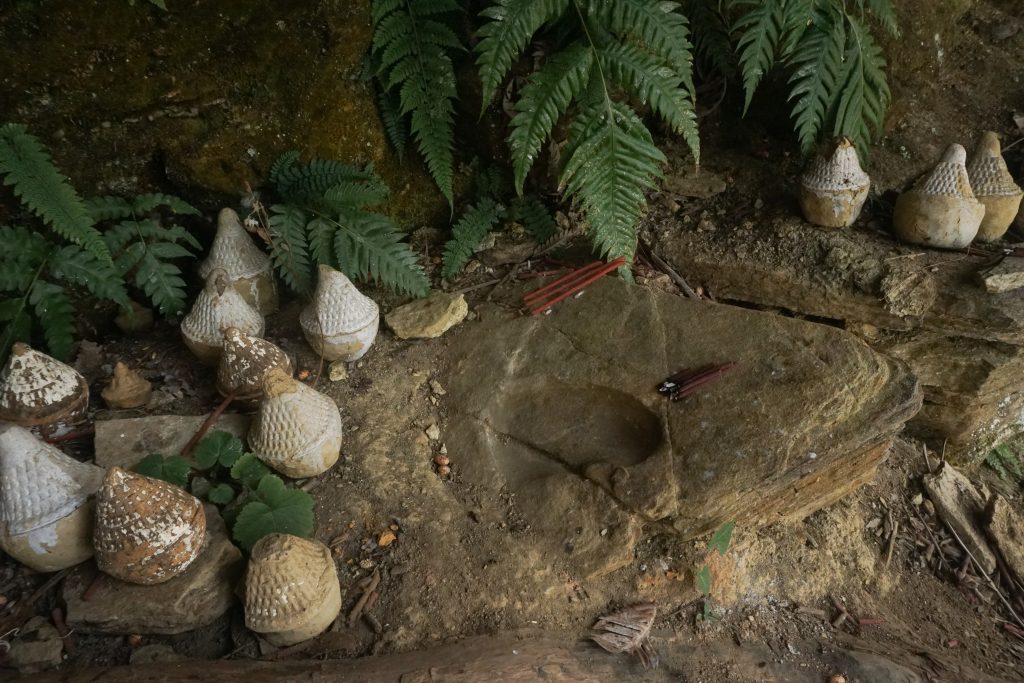
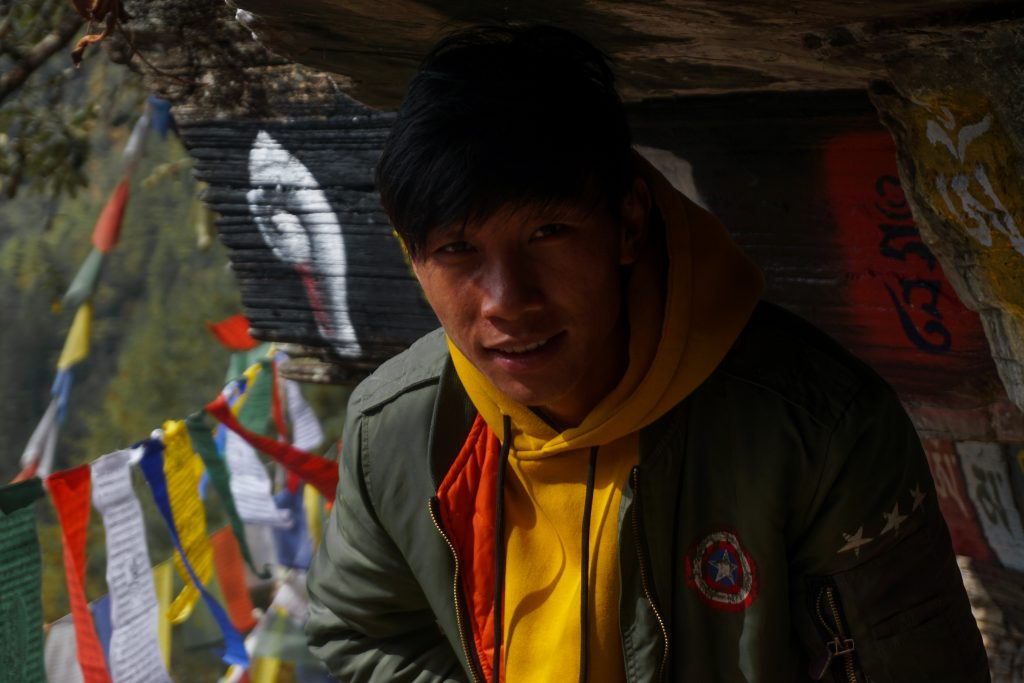
Thembang is an old village. It was established sometimes in the 12th century. Dawa’s uncle stayed inside the dzong (fort) of Thembang. The village itself is fortified and the only way to enter or exit was through either of its gates. Dawa recounted tales of fight he had heard from his grandmother—like those between villagers from Rupa who would attack the village but lost as they couldn’t enter the village fort. At dusk, a villager would call out for anyone outside and close the gate. Dawa’s uncle’s house was not so old. The Sino-Indian war of 1962 destroyed Thembang. Yet, the construction reminded me of the old temples I had seen in Uttarakhand. Inside, it was one very large room with partial partitions that separated the private sleeping area from the kitchen-cum-sitting area.
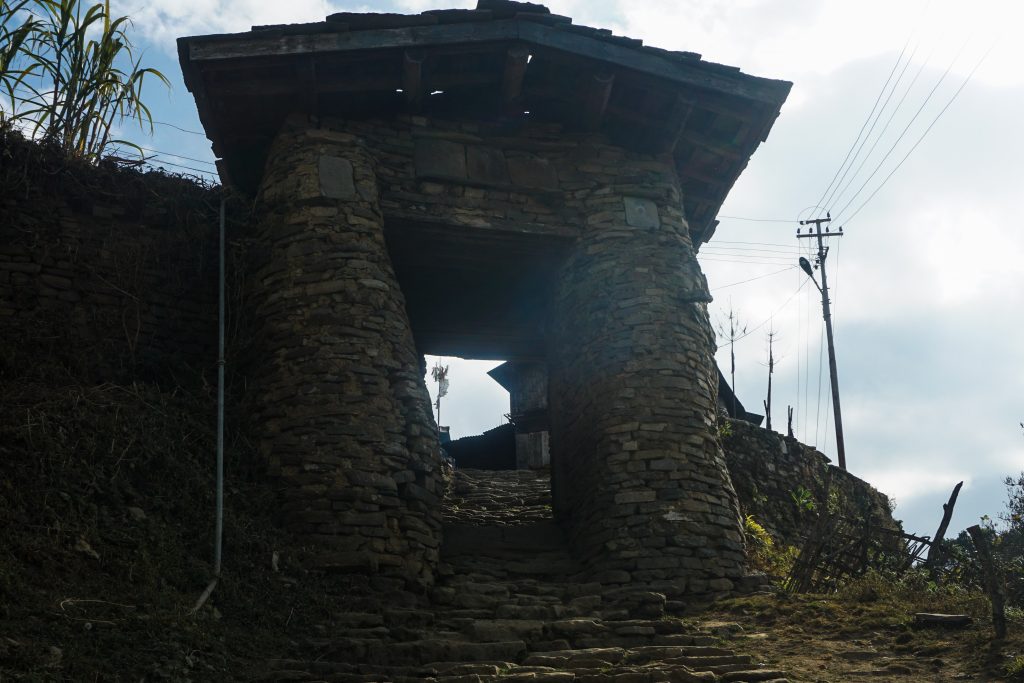

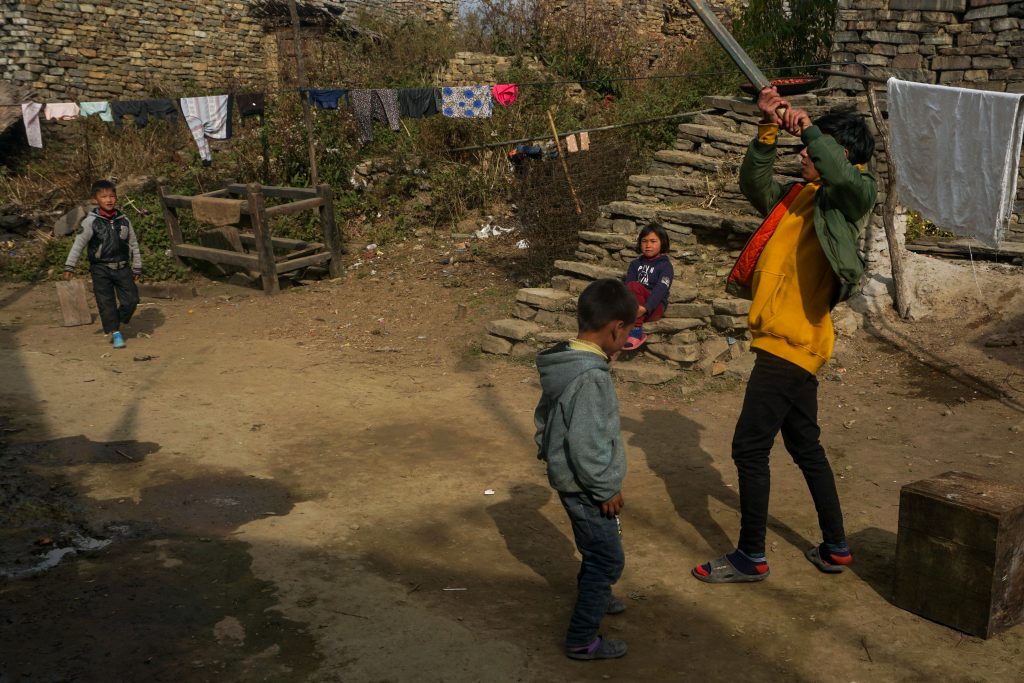
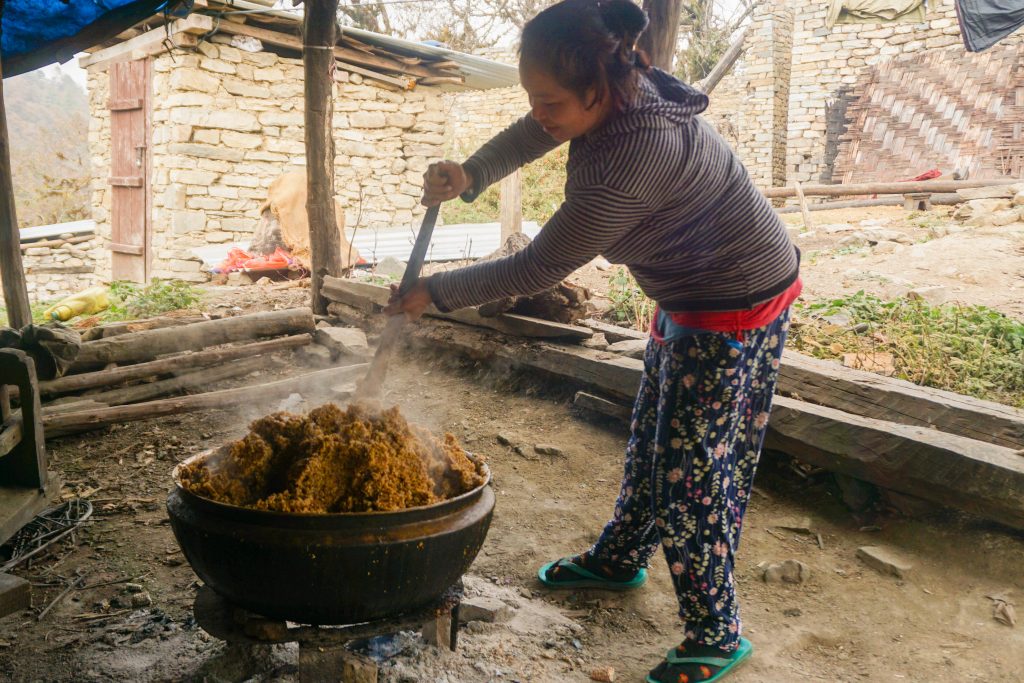
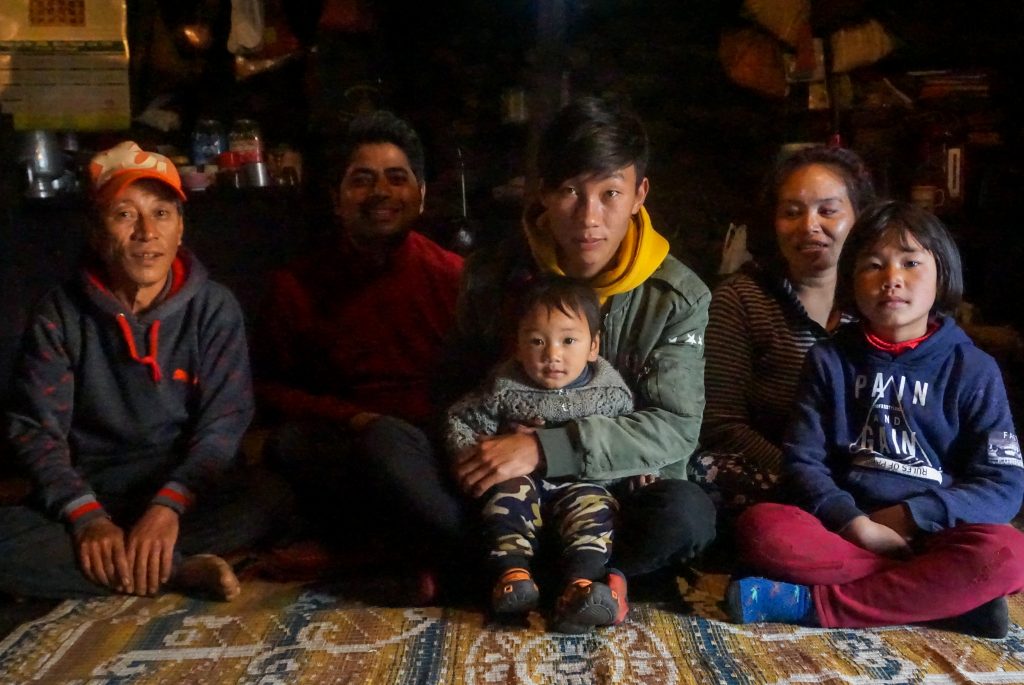
I really enjoyed the food and the hospitality provided to me by Dawa’s family. One unique food I tasted was their chili sabji. It was tasty but a tad too hot for me even though the chilies used were of the milder variety. I also had a small cup of the more concentrated araak made from maize.
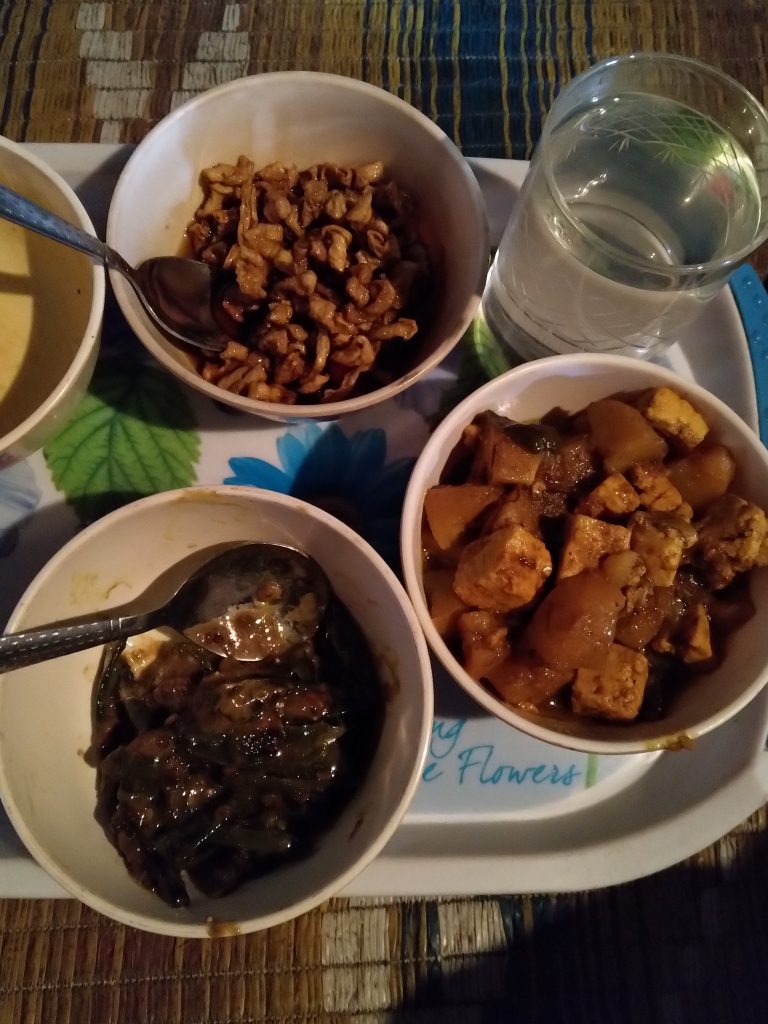
Unfortunately, it was quite late by the time we returned to Dirang market. Dawa’s (and mine, too) wish of visiting hot spring didn’t materialise on that day, either. Instead, we stopped at a moto-repair shop owned by Dawa’s friend and warmed ourselves up in front of a bukhari that the shop owner had prepared. Since I would be leaving for Bomdila the next morning, I had to cancel my plans for hot spring.
My mornings during my stay at Womaling Hotel were spent drinking tea and conversing with Sanghi Thema—the owner of the place—while she and her two daughters wove traditional monpa garments. She flew frequently to Bangalore. Her son—Monpa Tertung Kunjum, now in primary school—was a Rinpoche at the Bylakuppe Monastery in Karnataka. Rinpoches are considered to be lamas who remember their past life and thus are revered among Tibetan Buddhists. An entire room of the hotel—adjacent to the one I was in—was converted to a prayer hall and a shrine for him and Dalai Lama.
